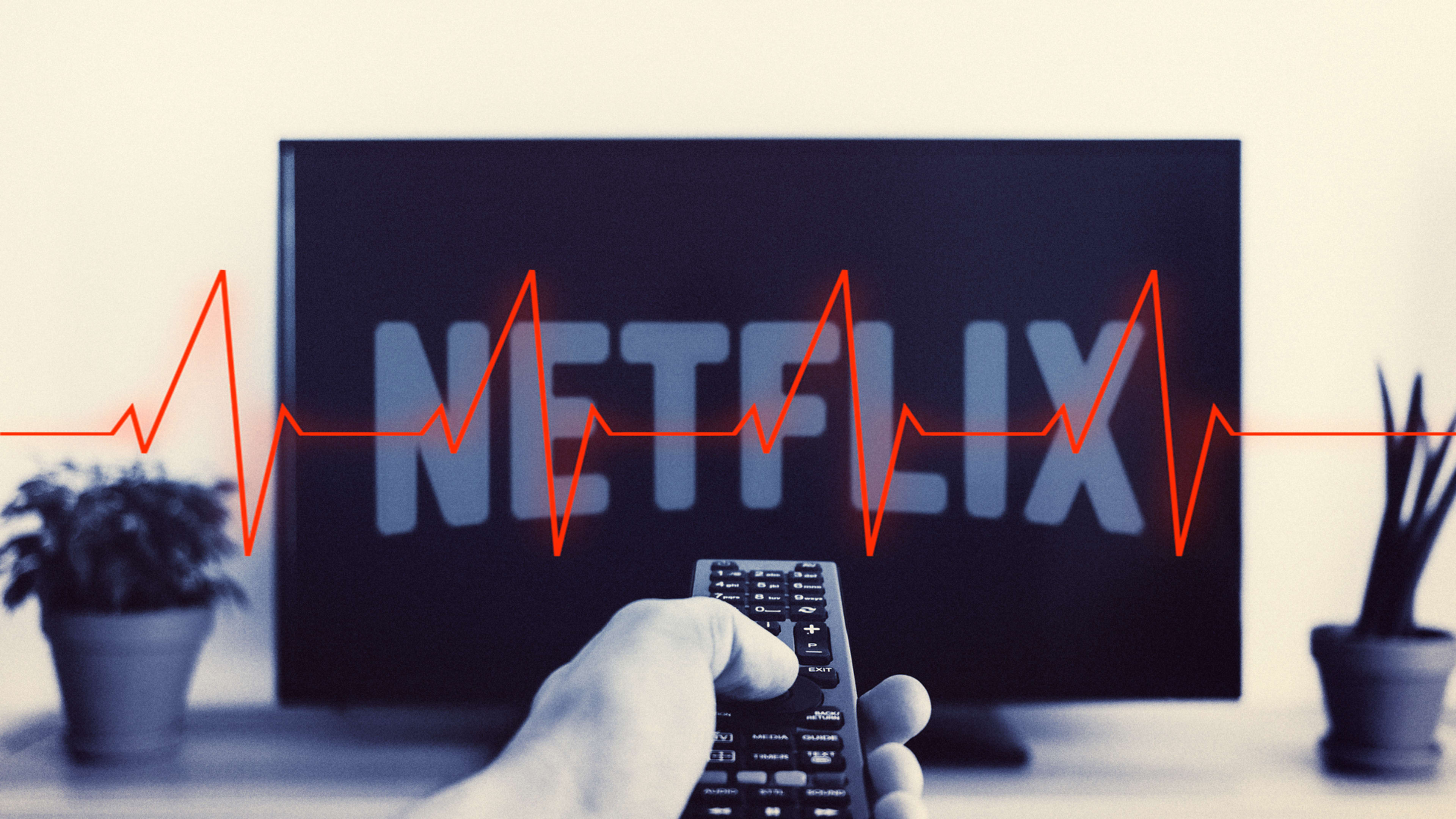Don’t panic: Netflix isn’t chilling your connectivity. And neither is YouTube, Amazon Prime Video, Hulu, Disney Plus, or other large streaming-video service.
Although the quarantining needed to stop the coronavirus pandemic is leaving us with a lot of time to fill up with online entertainment, our internet infrastructure remains robust.
Recent moves by streaming services to curtail their resolution or bit rates in the European Union—and around the world in YouTube’s case—might help at the margin, but they’re probably not necessary.
So if you want some good news, there’s that: Binge-watching in high-def isn’t an act of irresponsibility in a moment of crisis..
“We’re seeing now that the internet we built and the network architectures we’ve been building are able to handle a massive uptick in traffic,” says Kevin Wollenweber, vice president for networking at Cisco’s service provider business.
“The internet as a whole is fine,” agrees Doug Suttles, CEO of the bandwidth-measurement firm Ookla. “It can handle a ton.”
Keeping up with stay-at-h0mes
While it’s true that Ookla’s Speedtest data have shown “a degradation of speeds” in the U.S. and the EU over the course of March, as noted in a March 23 blog post, the same results also show that on both sides of the Atlantic, speeds still top where they were in December.
In many of these markets, Speedtest-measured performance continues to stand above scores from early February, even after the first few days of streaming cutbacks.
“YouTube and Netflix decreased their max quality, but it doesn’t seem to have positively changed anything,” Suttles says. “It doesn’t really look that much worse than here.”
Speedtest’s results, do, however, show more marked declines in rural and suburban areas in which people have traditionally commuted to offices in or near cities, and may now be working from home. “We see counties where performance declines are as much as 25%,” Suttles said, citing New York’s Westchester County.
The single biggest reason that your internet provider should be holding up: Coronavirus-induced traffic during the day still doesn’t exceed the nightly peaks it should have already designed its systems around.
“They’re building for the weekend prime-time peaks,” says Cisco’s Wollenweber. “We’re not yet seeing the daytime capacities exceed the nighttime capacity they’ve been building to.”
Such large internet providers as AT&T and Comcast say their systems continue to perform well. Much smaller companies have the same story to tell.
Dane Jasper, cofounder CEO of the Santa Rosa, Calif., mostly fiber-based provider Sonic, reports that his network’s traffic is up by 25%. “The network can handle that volume without any congestion at all,” he says.
Alex Moulle-Berteaux, StarryWe have not experienced any performance issues as a result of this traffic spike.”
One thing Sonic has had to do: “accelerate the normal upgrades and capacity increases we’d typically schedule over a longer interval,” he says.
Another small fiber provider, Seattle’s Atlas Networks, also reported no trouble.
“Traffic has increased about 80% from normal at our core and is sustaining at this higher rate outside of usual hours,” CEO Ryan Maloney emailed. “Our core network is only running at 30% capacity at the moment, chiefly due to some capacity upgrades we’d done early this year ahead of anticipating a big growth/sales push in 2020.”
But super-high-speed fiber connectivity isn’t required to ride out coronavirus-inflated traffic.
Boston-based fixed-wireless provider Starry has seen traffic nearly triple during normal working hours while also expanding by almost 20% during evening peaks, chief operating officer Alex Moulle-Berteaux said in an email sent by a publicist.
“We have not experienced any performance issues as a result of this traffic spike,” he wrote. “Our user base is made up of 100% cord-cutters, so we’re accustomed to seeing heavy data usage, and the increase in traffic was not unexpected, given the expanded stay-at-home-orders.”
Maloney allows that in a crunch—that he does not see coming even under current circumstances—it might help for streaming services to curtail their own bandwidth.
But he advised against making a habit out of that: “Setting the precedent that the content providers will bail out the operators will only encourage carriers to continue to cut corners.”
The upload gotcha
Both Ookla’s Suttles and Cisco’s Wollenweber note that the coronavirus crunch may expose a weakness in your own broadband service plan: upload speeds much slower than your downloads.
That’s the usual state of affairs on cable internet, the most widely used sort of broadband in the U.S., but it’s also common at already-slow, phone-based DSL service. Those providers rarely advertise how their uploads can be less than a tenth of their downloads, but extended time on Zoom and other video-conferencing services will make that painfully plain.
Warns Shuttles: “At the home, that bottleneck will get hit really quickly.”
But although it may be somewhat reassuring to realize that, as Wollenweber put it, “the congestion that some people are seeing is not network congestion,” that’s also a problem you probably can’t fix without moving to someplace served by one or more fiber providers.
And for many Americans, that’s an upgrade as far off as a coronavirus vaccine.
Recognize your brand’s excellence by applying to this year’s Brands That Matter Awards before the early-rate deadline, May 3.
